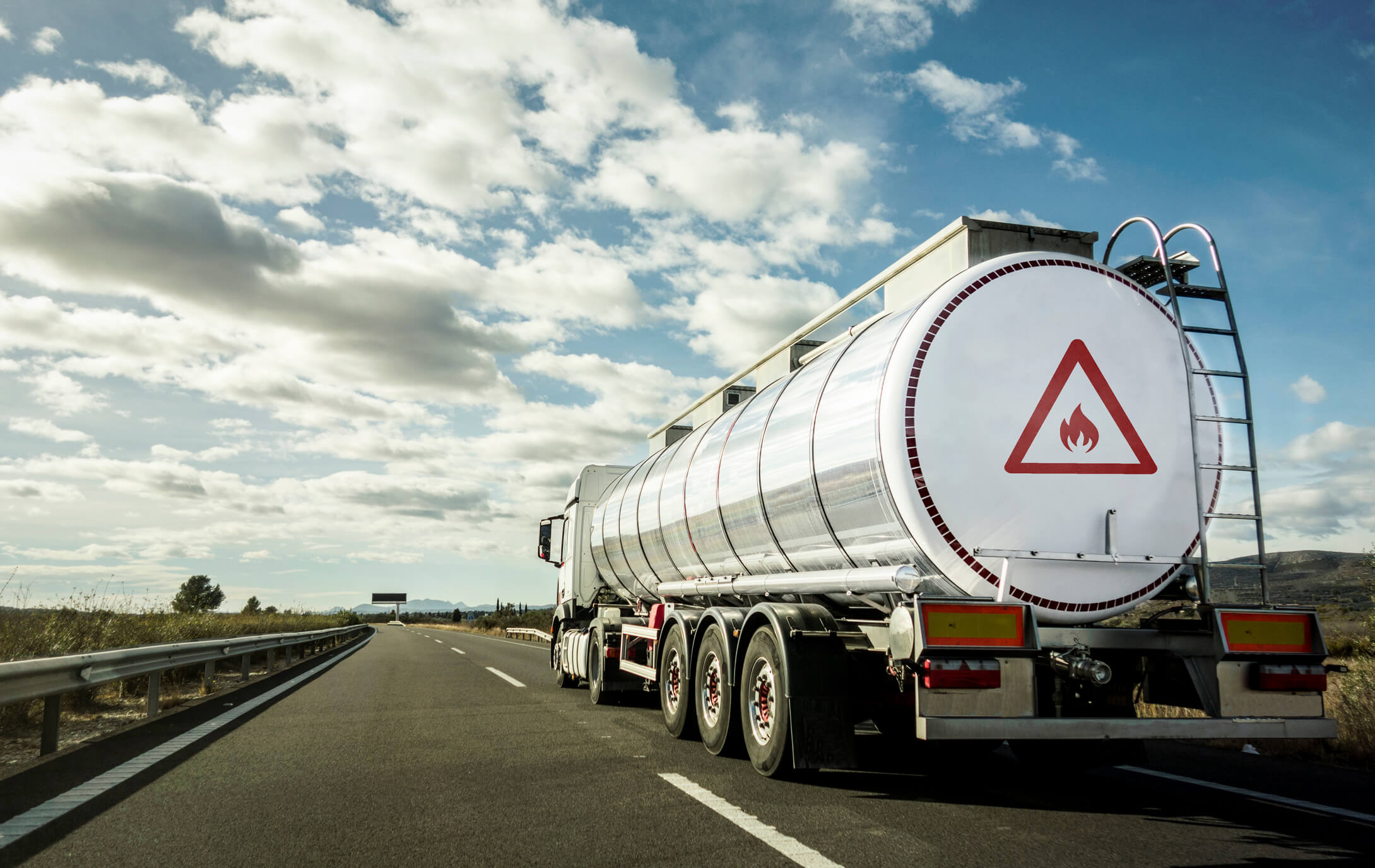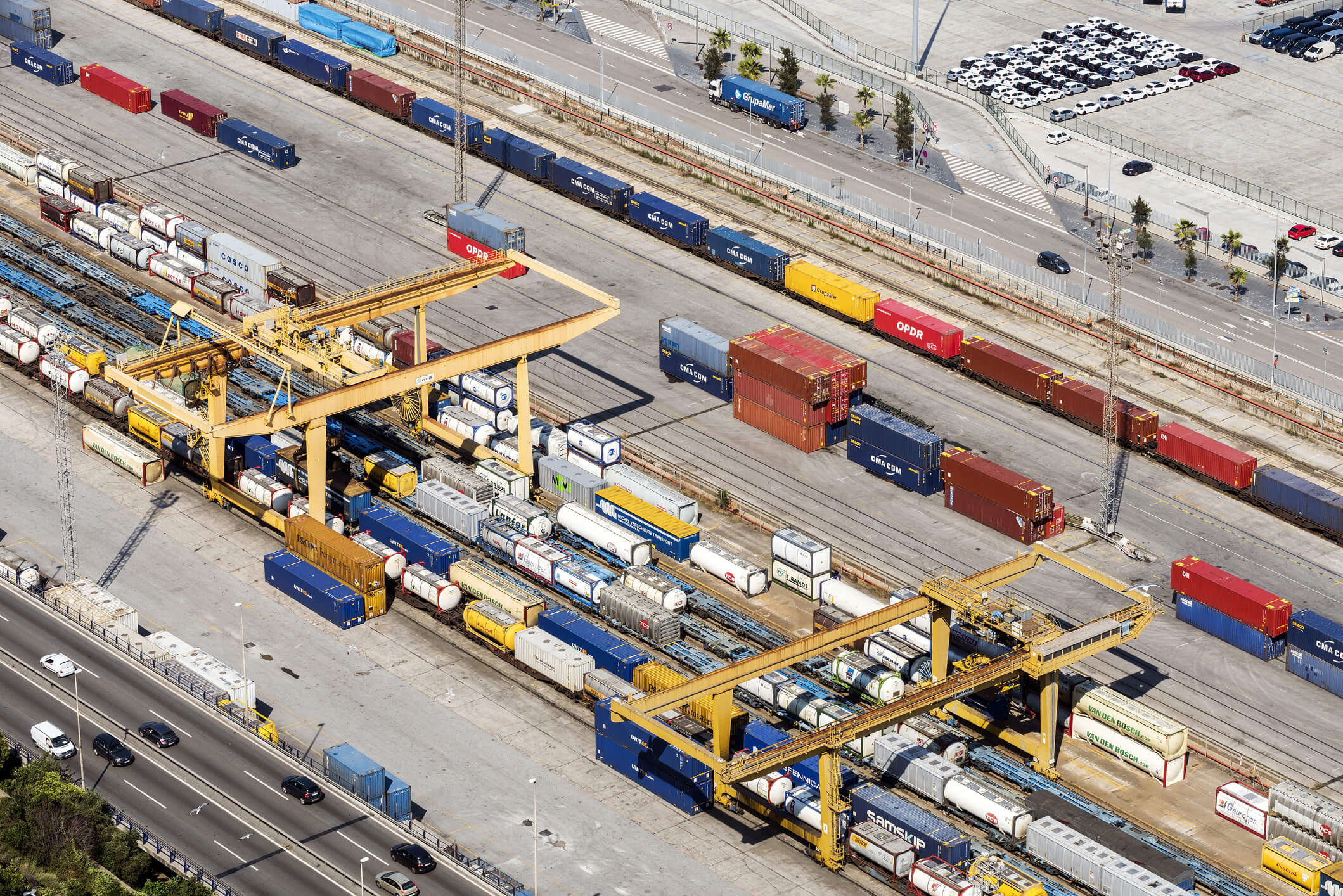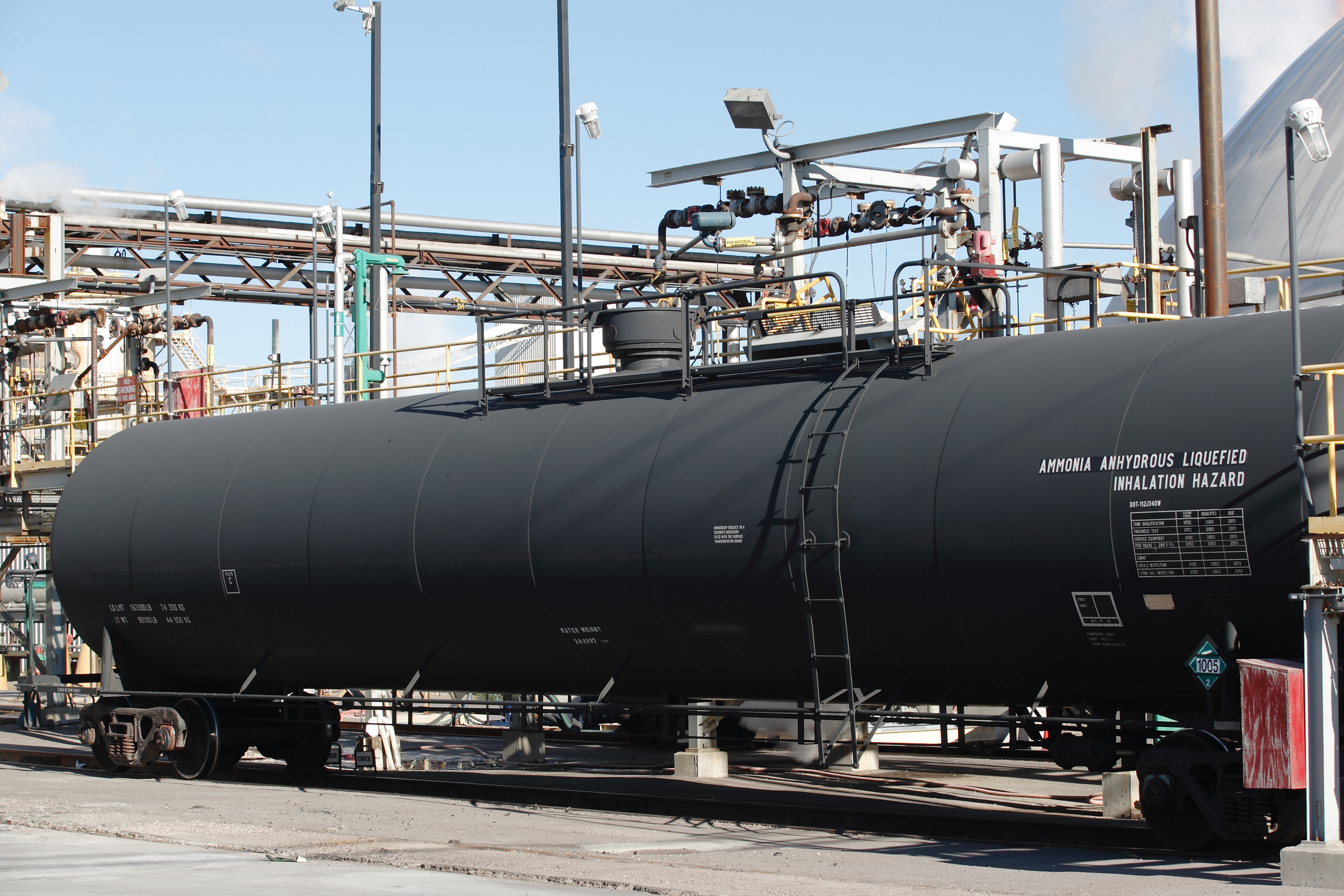U.S. crude oil production from shale continues to grow. Pipeline infrastructure continues to be constrained. Rail and marine are filling the transportation gap to get this product to market.
Transloading projects that support the transfer of oil from truck to rail and vice versa are therefore an increasing growth opportunity for the rail industry. However, since transfer requires the handling of the goods, transloading can be expensive, and the risk of damage and spills is high.
Successfully managing that risk requires close attention to an array of environmental regulations from the Environmental Protection Agency (EPA), state entities and others.

Spill Prevention
While the transportation of oil by rail or truck is regulated by the U.S. Department of Transportation, oil storage facilities and complexes are regulated by the EPA. Rail yards considering implementation of transloading facilities should be familiar with EPA’s oil pollution prevention rules (40 CFR 112). The EPA does not yet have specific guidance on transloading operations, but is currently considering the issue. Operators would be prudent to maintain awareness of EPA requirements.
The rules apply to facilities that store more 1,320 gallons or more in above ground containers that, based on location, could reasonably be expected to discharge oil in harmful quantities into or upon a navigable waterway. Location is therefore critical when planning and operating a transloading facility.
Based on the potential storage volume that could be present at a facility, a railroad will also be required to prepare a Spill Prevention, Control and Countermeasure (SPCC) plans.
Because the number of trucks and rail cars that may be present on site will vary, the plan must address the maximum number of rail cars and trucks that could be expected. The plan may have to be certified by a professional engineer, which will require that engineer to first conduct a site/facility inspection.
Transfer Areas
Loading and unloading activities which involve the transfer of oil between rail cars and tank trucks, are also regulated by the EPA if there is a change in custody of the product.
Railroads planning transloading facilities will have to consider the method by which oil is transferred and report that in their SPCC plan. Loading areas, where oil is transferred without a fixed Loading Arm, are only required to provide general spill containment measures.
However, containment will always have to be provided to prevent the most likely spill event, in this case the accidental disconnection of a hose or overfill of a tank. Determining this volume will require knowledge of the pumping (transfer) rate, and response time at minimum.
The SPCC rule does not require specifically sized containment for transfer areas; however, containment capacity must be based on the typical failure mode and most likely quantity of oil that would be discharged.

Pollution Permitting
Some rail and truck transportation facilities are also subject to National Pollution Discharge Elimination System (NPDES) permitting. The applicability and requirements of this type of permit are described in 40 Code of Federal Regulations (CFR) 122.26 for Federally-administered sites, or, more commonly, by a state-administered program that is modeled after the Federal rules. It is important to determine which regulatory programs (Federal, State, and/or Local) are applicable prior to constructing or operating a transloading facility.
State Regulations
In addition to the EPA rules, state environmental protection rules will apply as well. States may have additional spill prevention rules that supersede 40 CFR 112, and there may be some spill notification requirements that are more stringent than the Federal reporting requirements. State and national fire protection rules may apply as well. It is important to compare and check all state and local requirements against the federal ones to determine which supercede and which are more stringent.
What challenges does your business face related to your transloading facilities? How are you addressing the associated environmental issues? Please share your questions, experiences and best practices in the comments section below.



